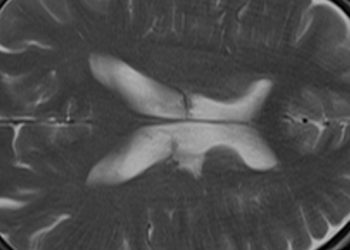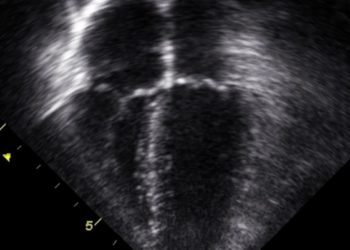Assessment of breathing in cardiac arrest: a randomized controlled trial of three teaching methods among laypersons
1. In a cohort of laypersons participating in Basic Life Support courses, video-based and simulation-based teaching methods led to improved recognition of breathing patterns compared to standard teaching.
Evidence Rating Level: 1 (Excellent)
Agonal breath sounds are present in about half of the victims during early cardiac arrest. However, teaching laypersons how to recognize this pattern of breathing is challenging and often ineffective in conventional lecture-based teaching methods. Therefore, this randomized-controlled trial aimed to assess the efficacy of video- and simulation-based teaching methods in comparison to the conventional method. The participants were randomized to three groups (video-based, simulation-based, or conventional lecture-based) in a 1:1:1 ratio to receive teaching on how to recognize agonal breathing. Immediately after the course, a test was given to all participants in which they watched 9 different videos of actors simulating normal breathing, no breathing or agonal breathing. A total of 156 participants (median age [IQR], 26.0 [21.0,69.0]; 91 [59.5%] male) underwent randomization, 52 allocated to the lecture group (control), 52 to the video group, and 52 to the simulation group. The primary outcome measured was the participants’ ability to recognize all three breathing patterns assessed by the total number of correct breathing assessments out of all nine videos. The study found that compared to lecture-based teaching (83% correct answers), both video-based ( 90% correct answers; OR, 1.77; 95% CI, 1.19-2.64) and simulation-based (88% correct answers; OR, 1.48; 95% CI, 1.01-2.17) led to significantly correct answers. However, video-based teaching was not statistically different from simulation-based teaching (OR, 1.20; 95% CI, 0.78–1.83 [with simulation-based group as reference]). The secondary outcomes measured were the participants’ ability to recognize each breathing pattern in the three videos of that pattern. It was found that both video-based (83% correct; OR 2.69, 95% CI: 1.49–4.86) and simulation-based teaching (88% correct answers; OR 2.27, 95% CI: 1.28–4.03) led to significantly more correct identifications of normal breathing compared to lecture-based teaching (67% correct answers). However, there were no statistically significant differences in recognition of no breathing or agonal breathing amongst the three groups. Overall, this study concluded that video-based and simulation-based teaching methods led to improved recognition of breathing patterns in laypersons compared to conventional lecture-based methods. However, additional larger-scale studies are needed to validate these results.
Click to read the study in BMC Emergency Medicine
Image: PD
©2021 2 Minute Medicine, Inc. All rights reserved. No works may be reproduced without expressed written consent from 2 Minute Medicine, Inc. Inquire about licensing here. No article should be construed as medical advice and is not intended as such by the authors or by 2 Minute Medicine, Inc.







